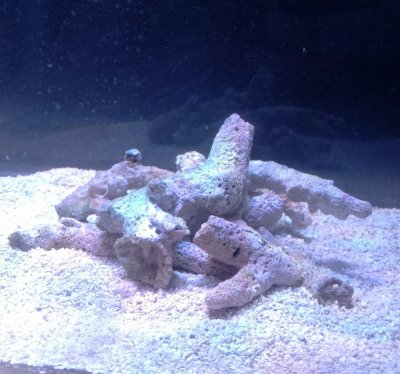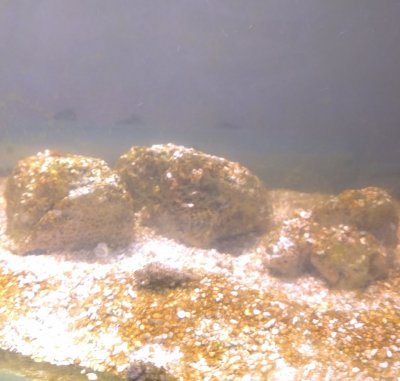sixty_reefer
5000 Club Member
View BadgesArticle Contributor
UK Reef Club Member
Hospitality Award
R2R Research
This is the #1 question that experienced reefers ask me. "What can I do about it?"
To specifically answer your question about Vibrio, I am not currently testing chloramphenicol because my reading suggests it is not specific enough. I am testing another more specific medication for Vibrio, but it is early in R&D. I can make no promises until I have data to support them.
My vision is not to repackage and sell chloramphenicol, or other simple treatments or additives like this. If that turned out to be the key medication, it could be readily bought in the internet age. After recently setting up a molecular biology lab independently, I will say Its amazing what you can buy on amazon these days
My vision is instead to enable the experiments that will teach us which additives or practices establish a beneficial community, or correct problems in an unhealthy community. I'm running some of these experiments, but I also know that there are experiments underway across the community. Now that the measurements are available, I don't think it'll be long before we all learn collectively what makes a healthy microbiome, and how to establish one.
Has a connection been made so far on tanks with dinoflagellates or Cyanobacteria outbreaks having less microbe diversity?




















